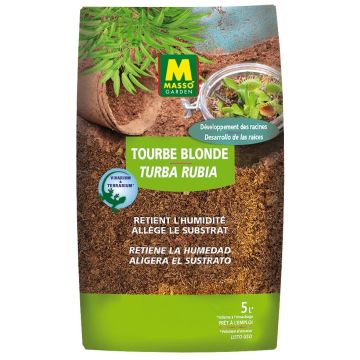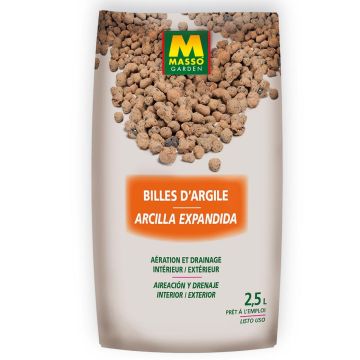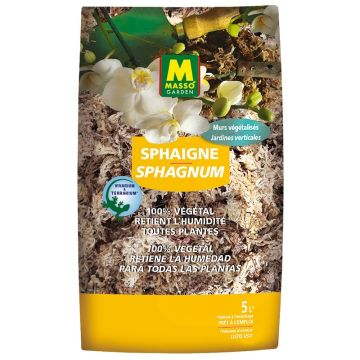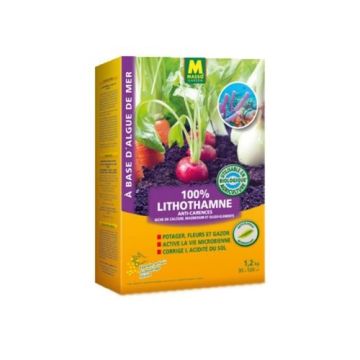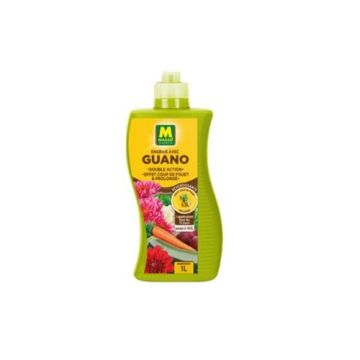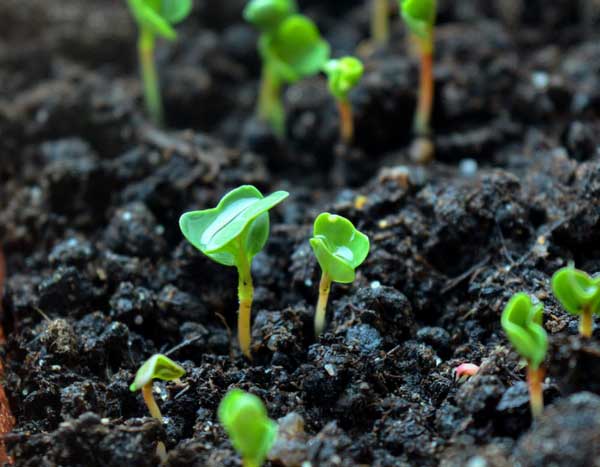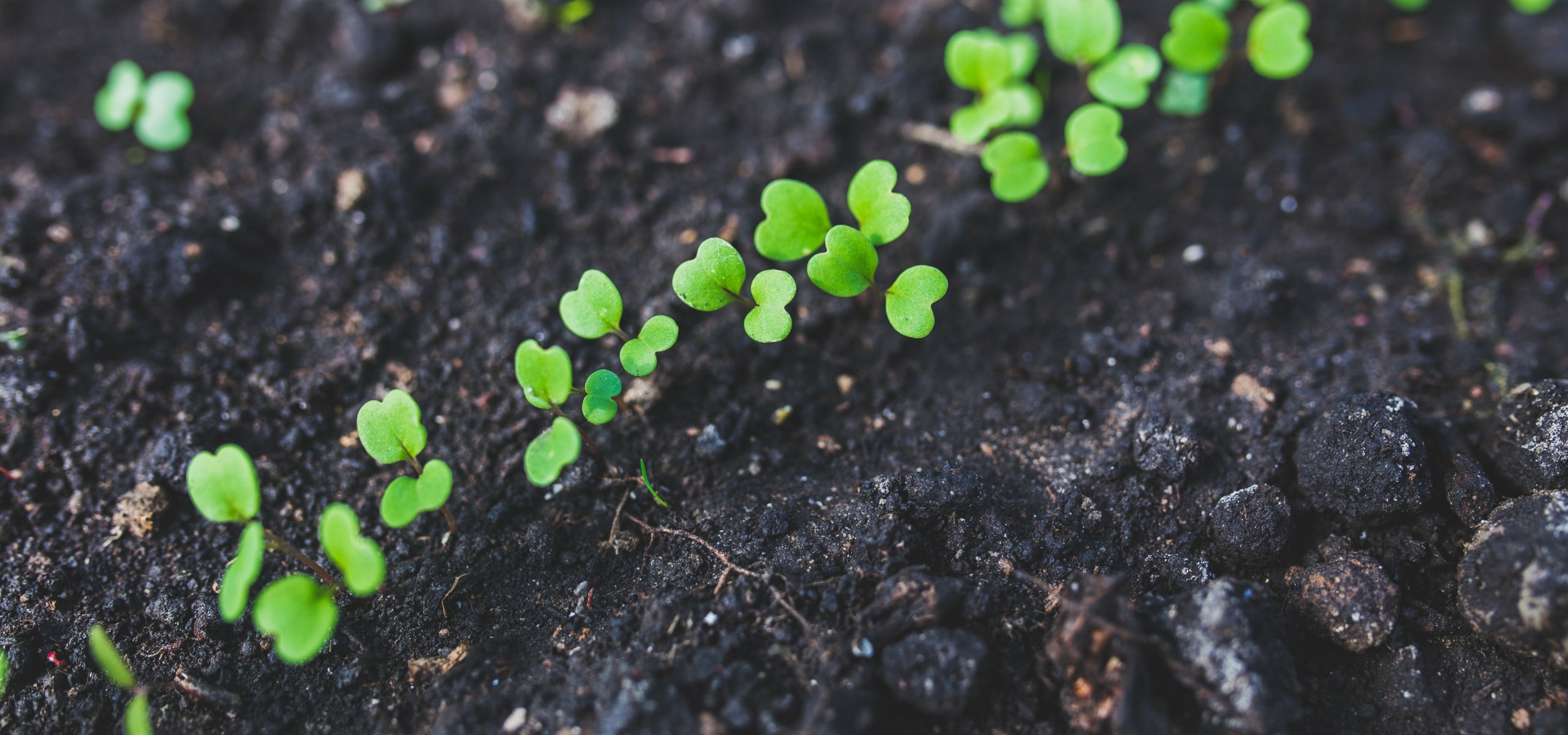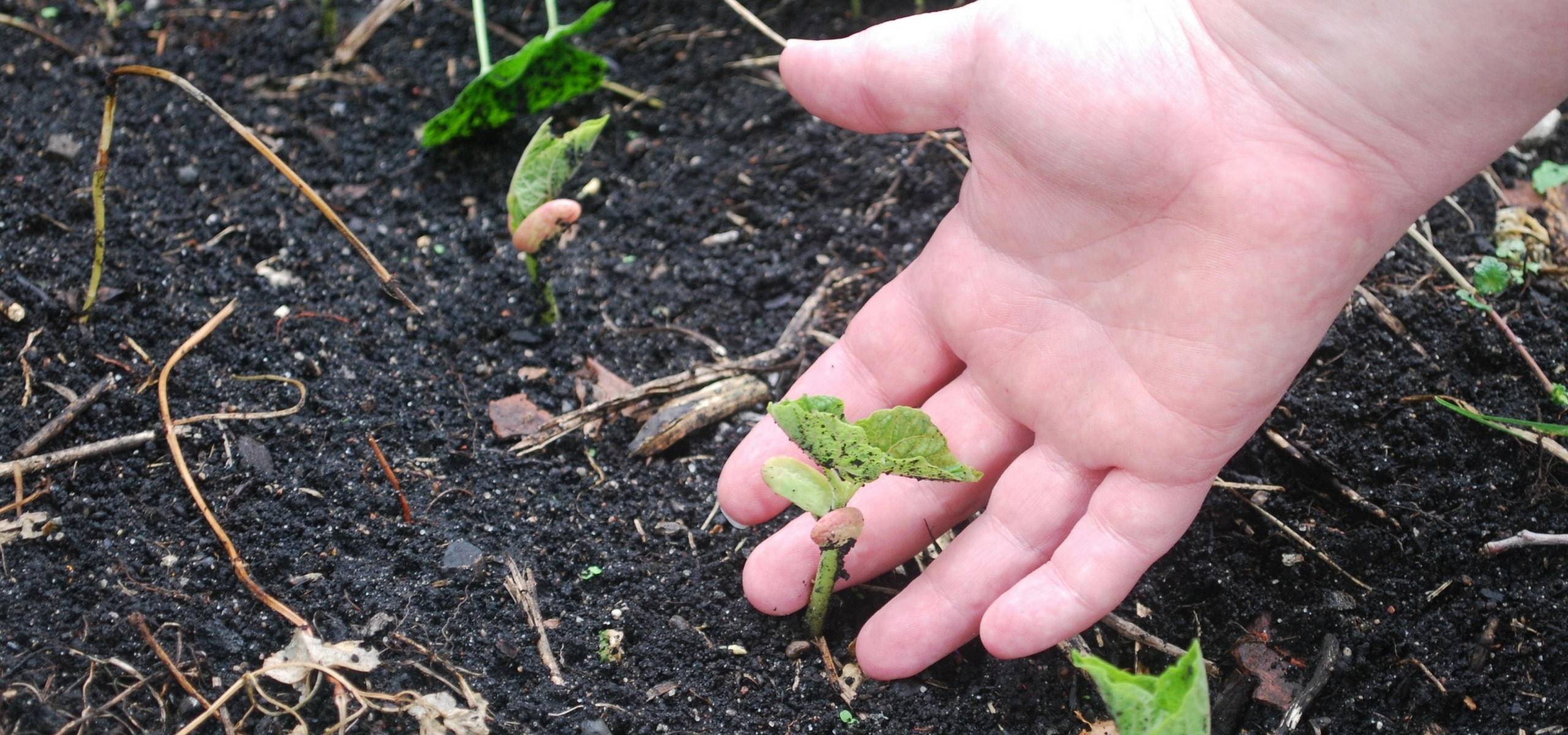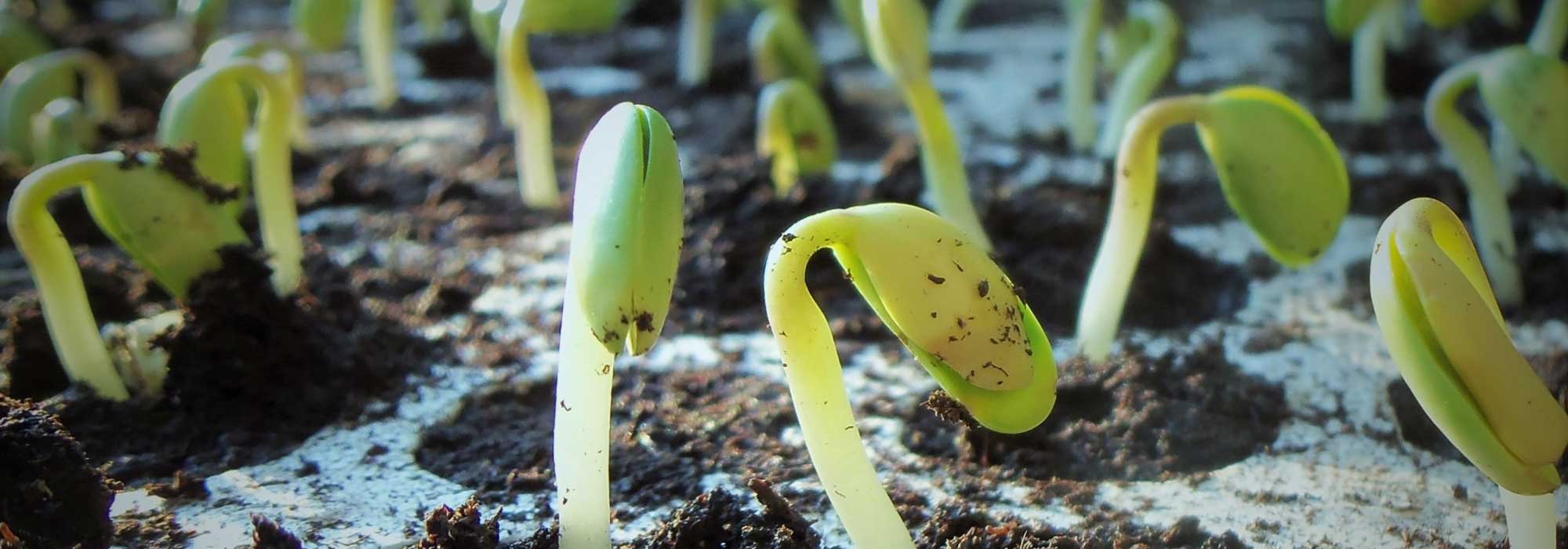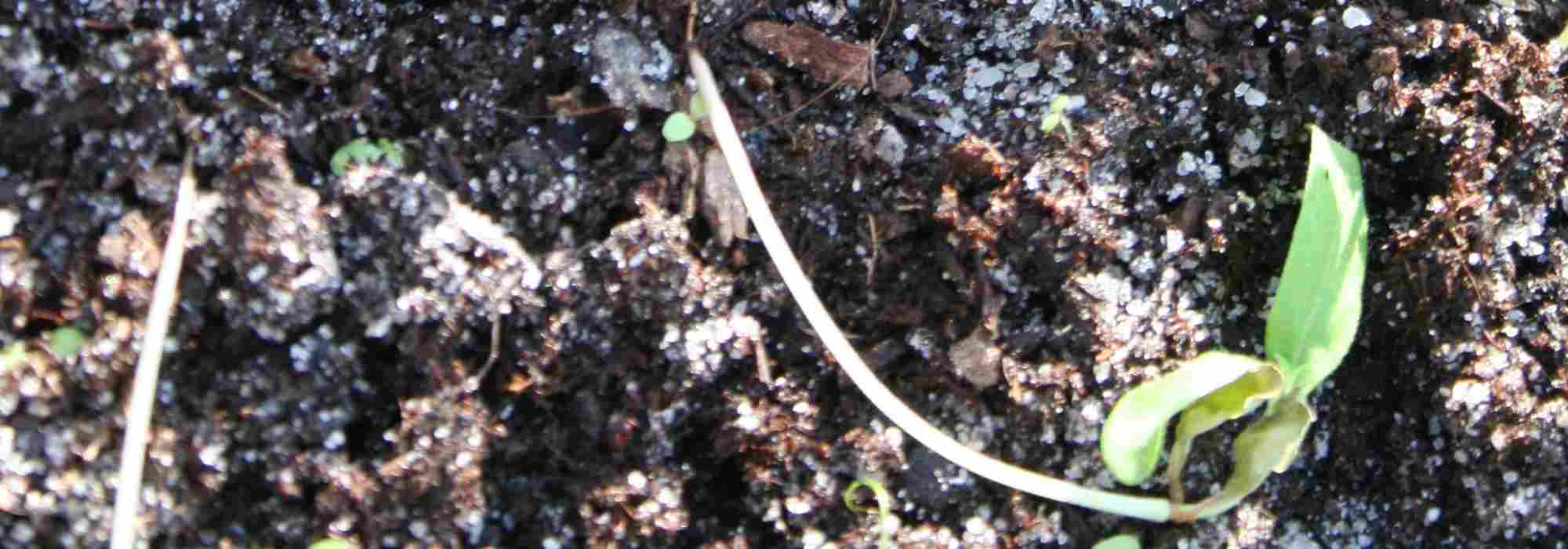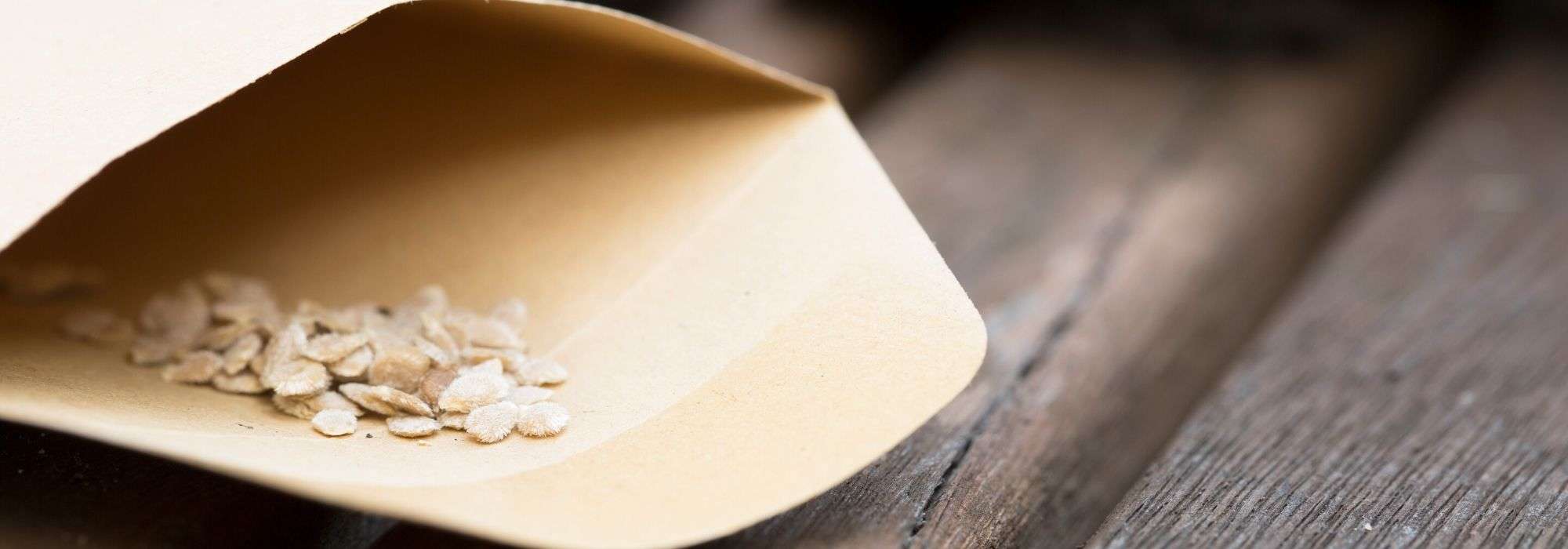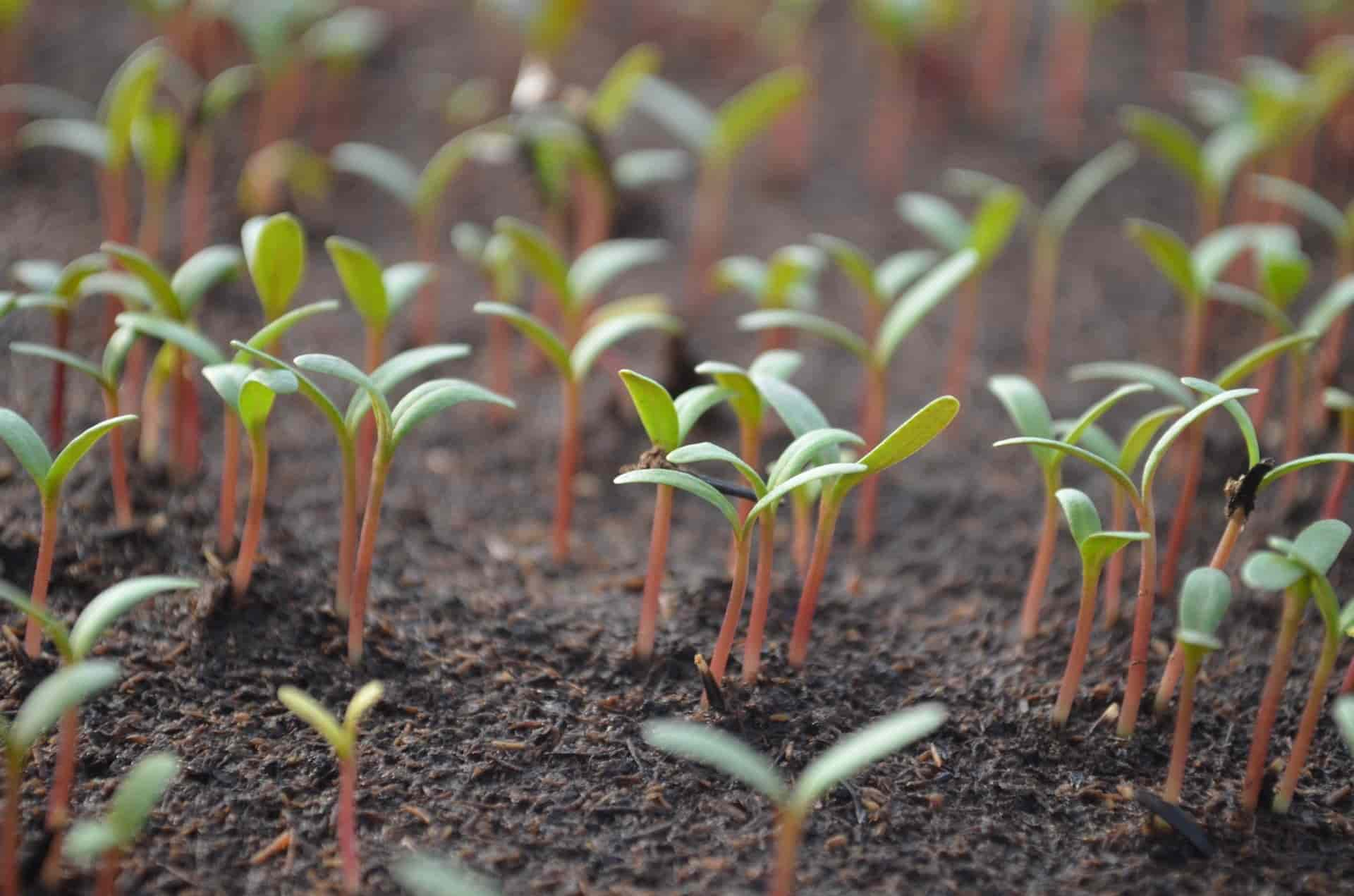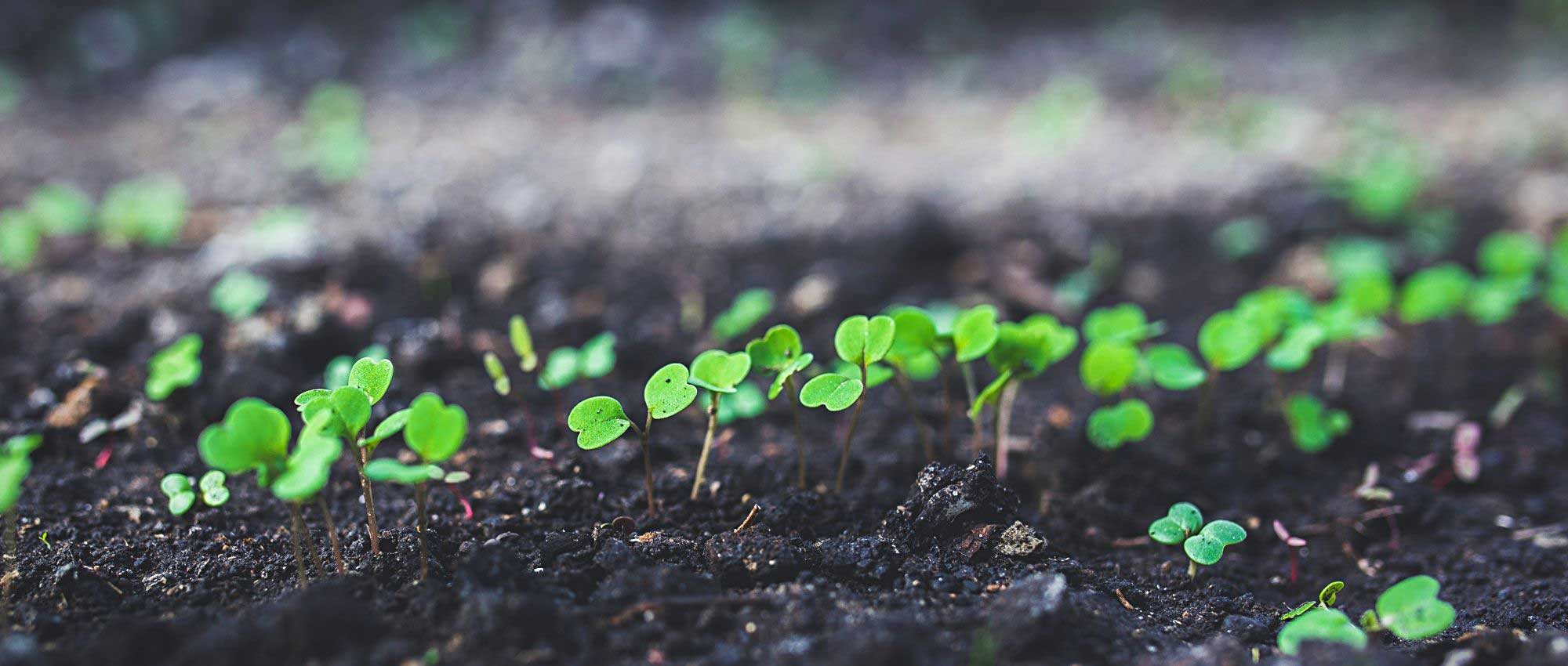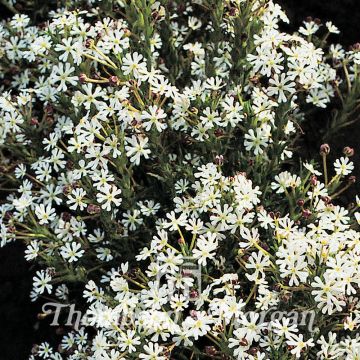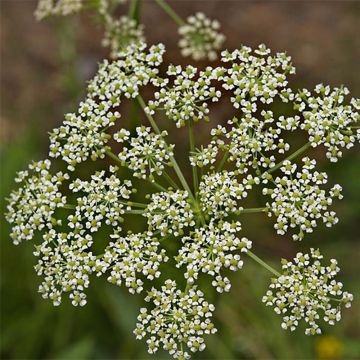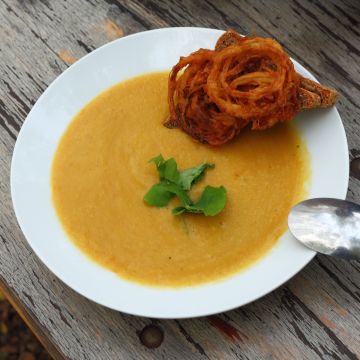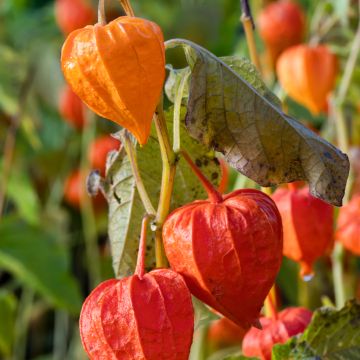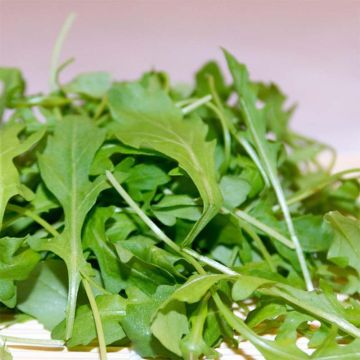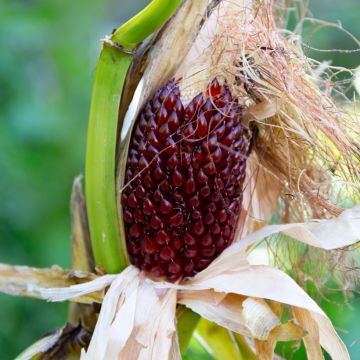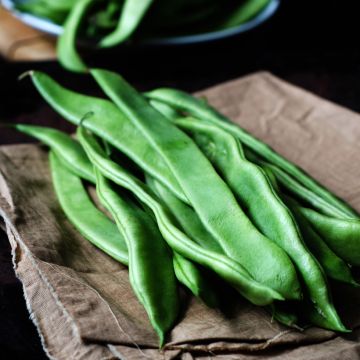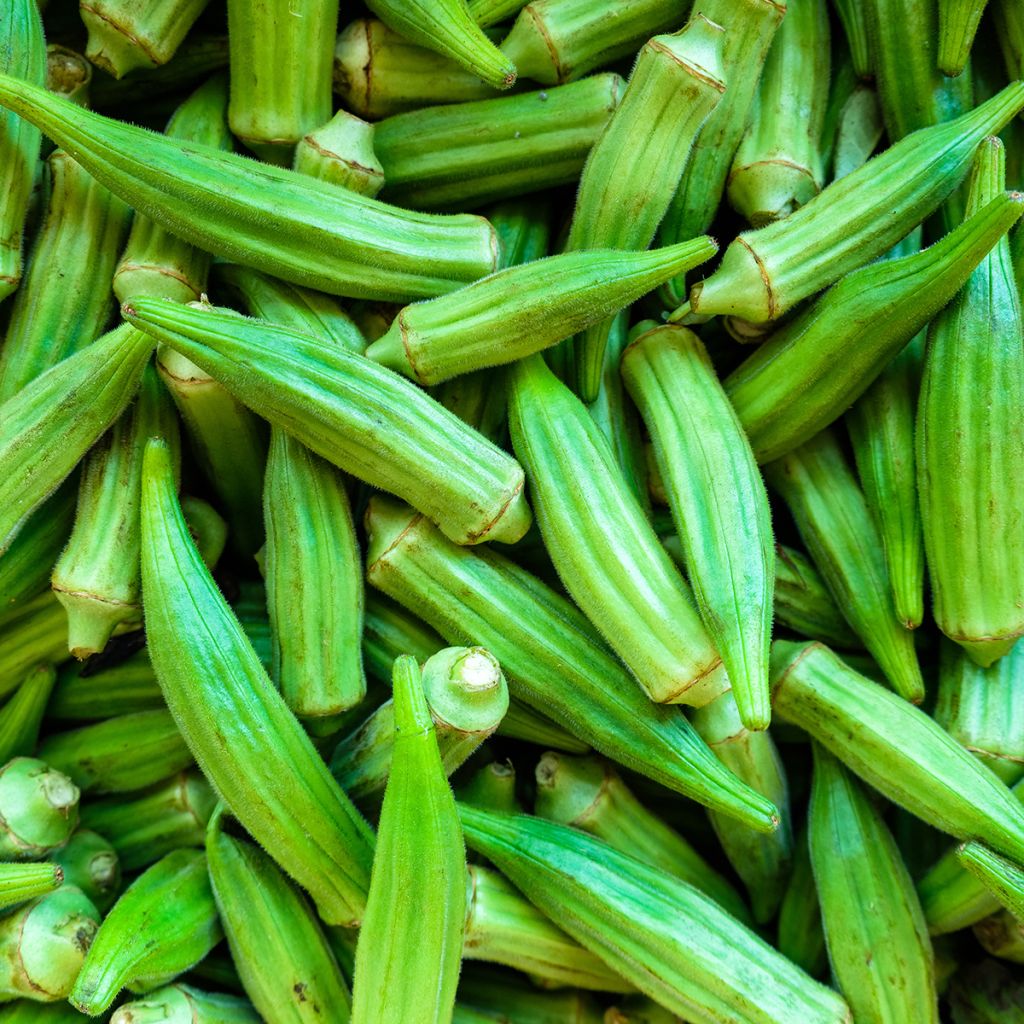

Gombo Okra - Abelmoschus esculentus
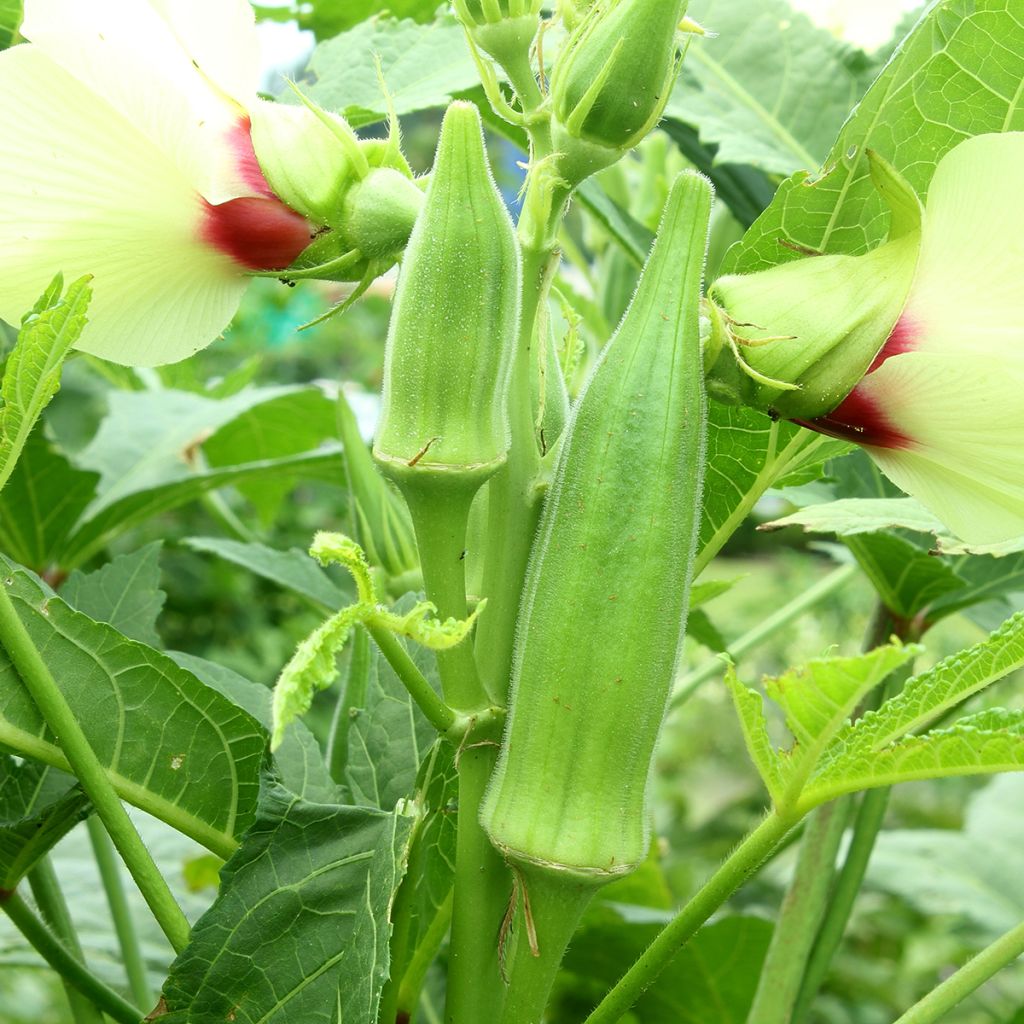

Gombo Okra - Abelmoschus esculentus
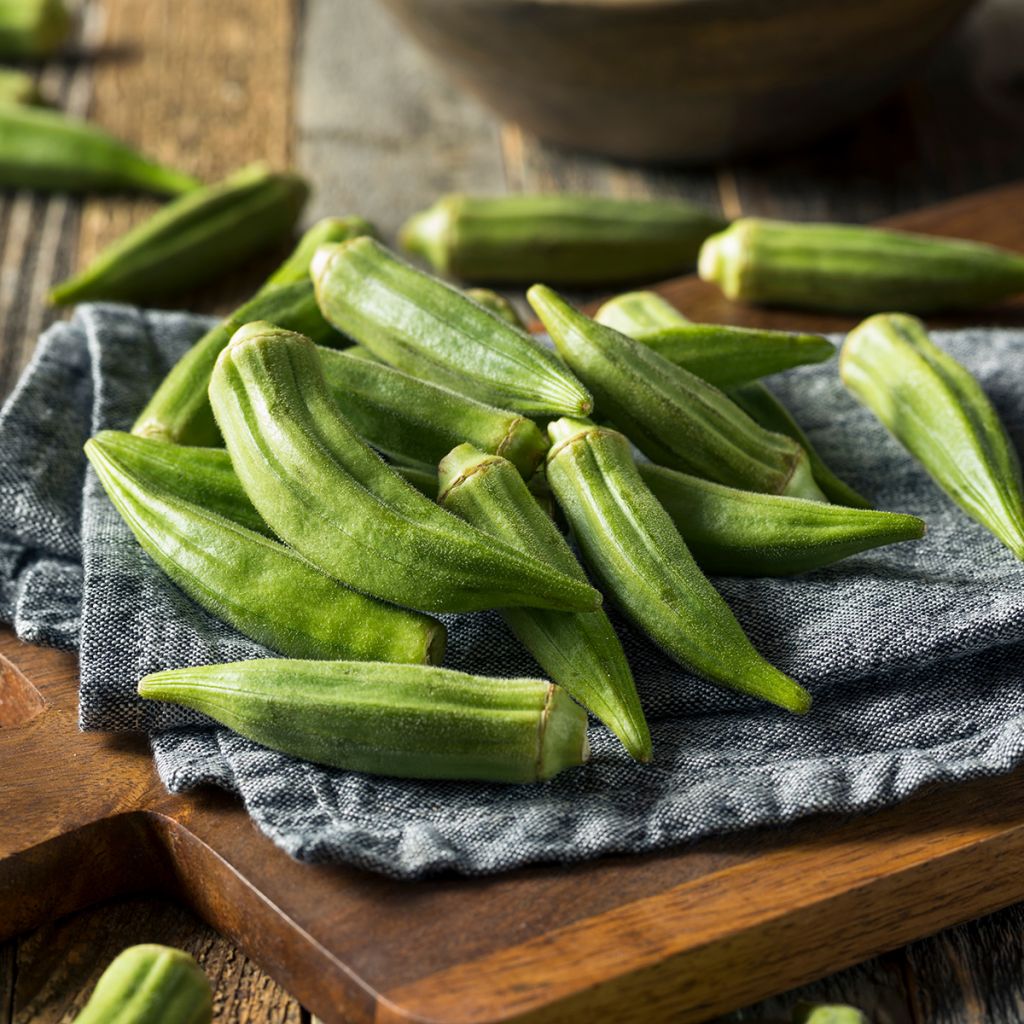

Gombo Okra - Abelmoschus esculentus
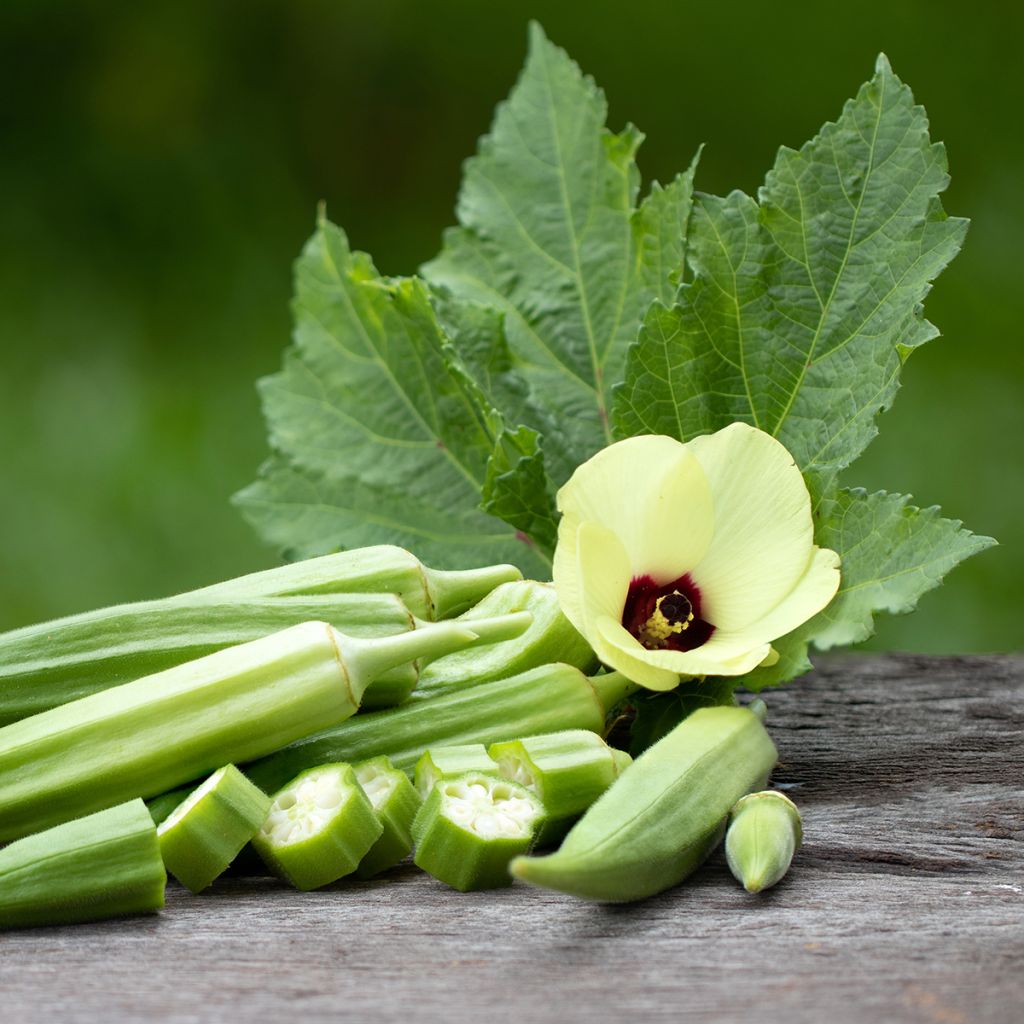

Gombo Okra - Abelmoschus esculentus
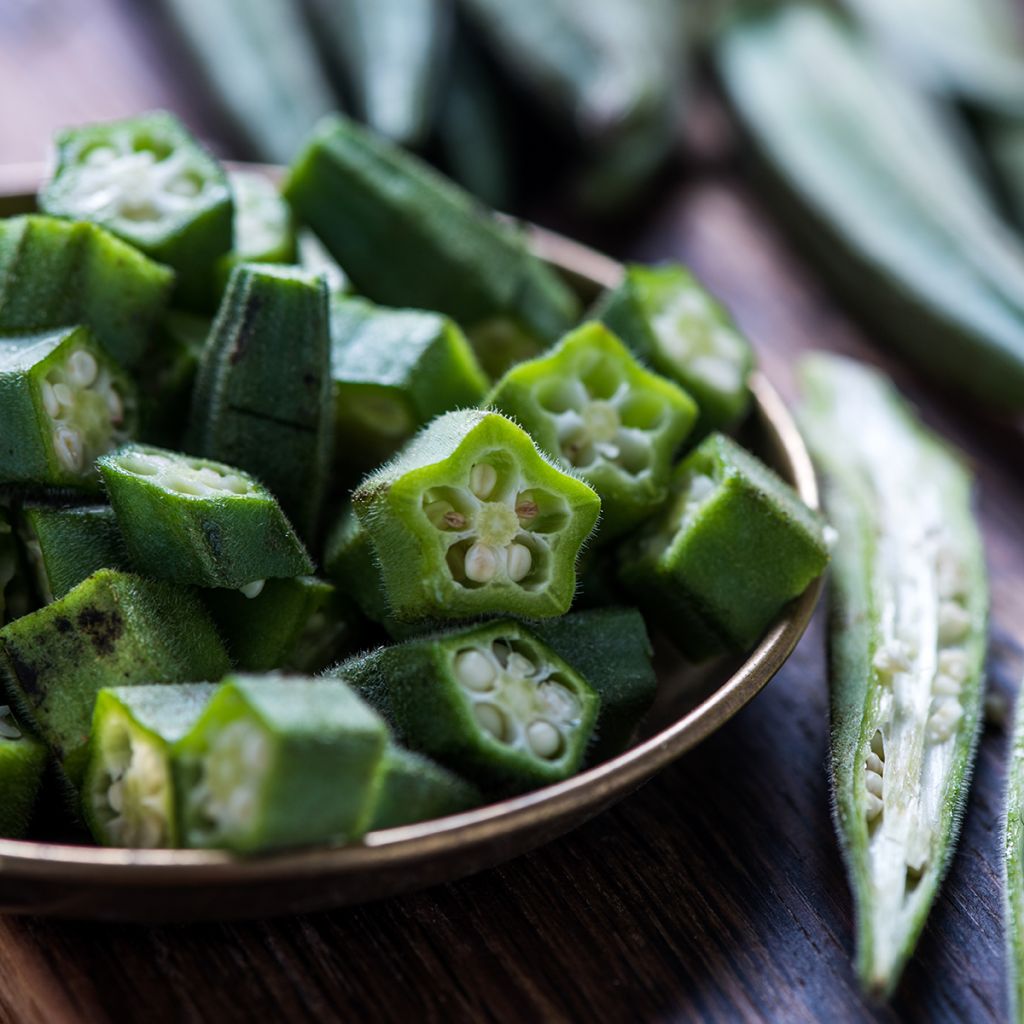

Gombo Okra - Abelmoschus esculentus
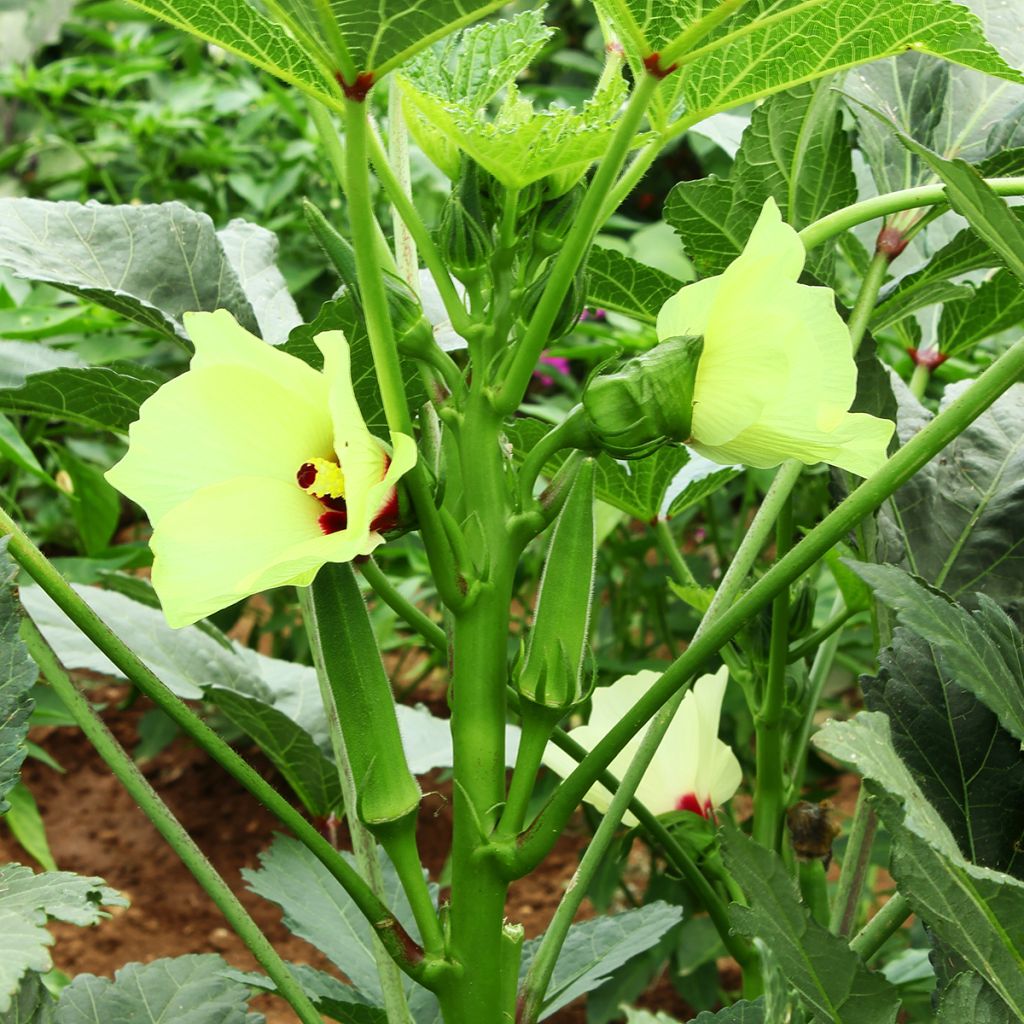

Gombo Okra - Abelmoschus esculentus
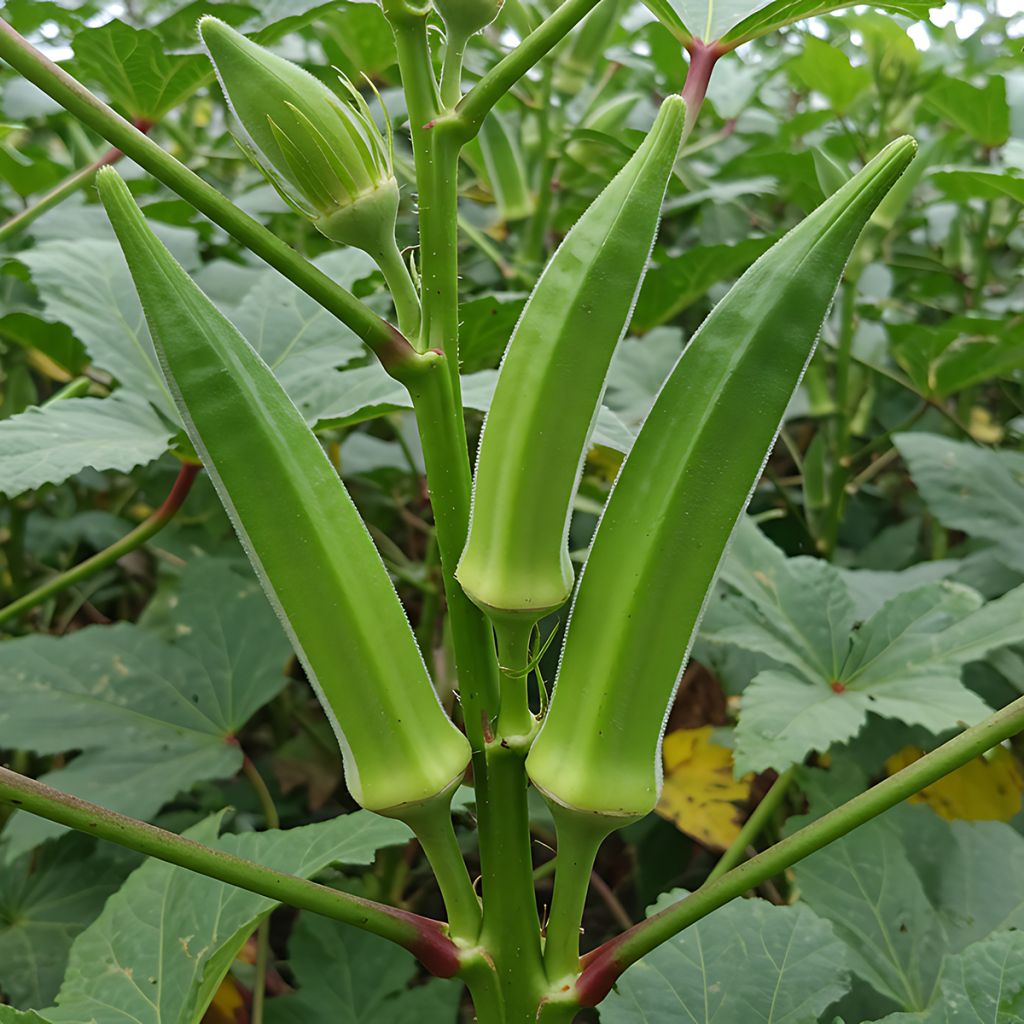

Gombo Okra - Abelmoschus esculentus
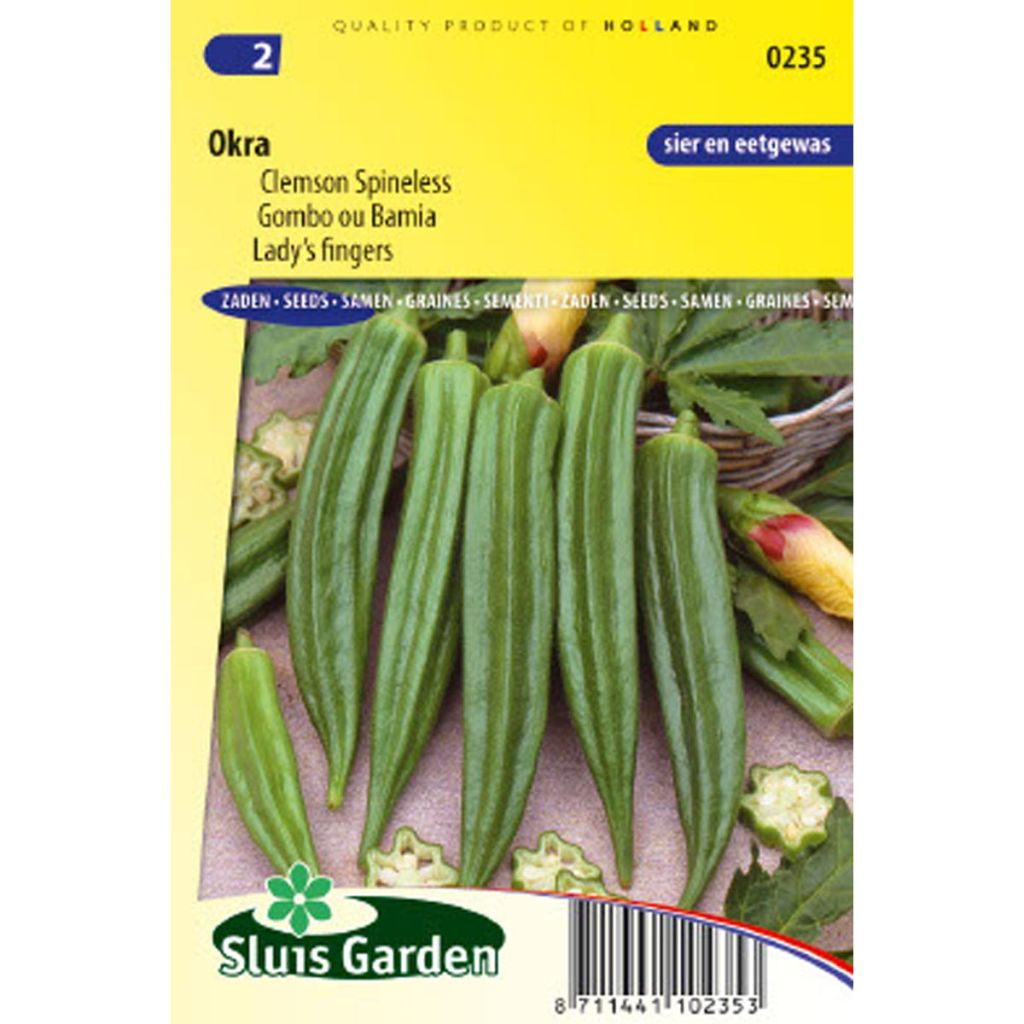

Gombo Okra
Gombo Okra - Abelmoschus esculentus
Abelmoschus esculentus
Gombo, Okra, Cabo, Calou, lalo
De la patience By the end of July, a few leaves
Patrick P., 30/07/2018
Special offer!
Receive a €20 voucher for any order over €90 (excluding delivery costs, credit notes, and plastic-free options)!
1- Add your favorite plants to your cart.
2- Once you have reached €90, confirm your order (you can even choose the delivery date!).
3- As soon as your order is shipped, you will receive an email containing your voucher code, valid for 3 months (90 days).
Your voucher is unique and can only be used once, for any order with a minimum value of €20, excluding delivery costs.
Can be combined with other current offers, non-divisible and non-refundable.
Home or relay delivery (depending on size and destination)
Schedule delivery date,
and select date in basket
This plant carries a 6 months recovery warranty
More information
We guarantee the quality of our plants for a full growing cycle, and will replace at our expense any plant that fails to recover under normal climatic and planting conditions.
Description
Okra, also known as Gombo, is a heat-loving exotic vegetable. It produces elongated pods that can be eaten raw or cooked and is a key ingredient in many African and Creole recipes. This is a digestible and low-calorie vegetable.
Okra, also called Gombo, Cabo, or Calou, is an annual vegetable plant native to Africa, now cultivated on almost every continent. It is used in stews, soups, or Mafé—a rich sauce made from peanut paste that enhances meat and fish dishes in African cuisine.
Okra belongs to the Malvaceae family, like Hibiscus, and has an upright, bushy habit, reaching up to 2 metres in height when grown under optimal conditions. It is a tropical plant, highly sensitive to cold and demanding warmth. Outdoor cultivation is therefore best suited to particularly mild climates, rich and well-drained soils… and experienced gardeners. Outside Mediterranean regions, it is ideal to grow it in a greenhouse, preferably heated, as it only thrives in temperatures above 16°C.
Harvesting: Harvest takes place from July to October, regularly, as the fruits develop very quickly (4 to 5 days after flowering) and can become fibrous.
Storage: Okra can be kept in the refrigerator for a few days or dried after being thinly sliced.
Gardener’s tip: To reduce watering needs, we recommend mulching the soil from late May onwards with thin, successive layers of grass clippings, ideally mixed with dead leaves. This protective layer helps retain soil moisture and also minimises weeding.
Report an error about the product description
Gombo Okra - Abelmoschus esculentus in pictures


Harvest
Plant habit
Foliage
Botanical data
Abelmoschus
esculentus
Malvaceae
Gombo, Okra, Cabo, Calou, lalo
Cultivar or hybrid
Annual
Planting and care
Sowing:
Okra sowing is carried out in our climate at the end of winter or early spring, under cover, at a temperature between 21 and 32°C. Germination usually occurs within 14 days.
Sow from late February onwards, indoors in a warm spot, in buckets filled with good sowing compost, ideally in a heated propagator or placed above a radiator. The seeds should be buried to a depth of one centimetre. Position your pots in full light and water with a very fine spray. Keep the growing medium moist but not waterlogged.
Final planting can take place once all risk of frost has passed. Before moving your young plants outdoors, they should be 'hardened off' by gradually exposing them to outdoor conditions over a period of around ten days.
When planting, space the young plants 50 cm apart in all directions.
Growing:
Okra thrives in sunny, warm locations in fertile, well-drained soil. It requires regular watering. If compost is needed, it is best applied in autumn in the form of well-rotted compost, lightly forked into the top 5 cm of soil after thorough loosening, as with all vegetable crops.
Seedlings
Care
Intended location
Planting & care advice
-
, onOrder confirmed
Reply from on Promesse de fleurs
Similar products
Haven't found what you were looking for?
Hardiness is the lowest winter temperature a plant can endure without suffering serious damage or even dying. However, hardiness is affected by location (a sheltered area, such as a patio), protection (winter cover) and soil type (hardiness is improved by well-drained soil).

Photo Sharing Terms & Conditions
In order to encourage gardeners to interact and share their experiences, Promesse de fleurs offers various media enabling content to be uploaded onto its Site - in particular via the ‘Photo sharing’ module.
The User agrees to refrain from:
- Posting any content that is illegal, prejudicial, insulting, racist, inciteful to hatred, revisionist, contrary to public decency, that infringes on privacy or on the privacy rights of third parties, in particular the publicity rights of persons and goods, intellectual property rights, or the right to privacy.
- Submitting content on behalf of a third party;
- Impersonate the identity of a third party and/or publish any personal information about a third party;
In general, the User undertakes to refrain from any unethical behaviour.
All Content (in particular text, comments, files, images, photos, videos, creative works, etc.), which may be subject to property or intellectual property rights, image or other private rights, shall remain the property of the User, subject to the limited rights granted by the terms of the licence granted by Promesse de fleurs as stated below. Users are at liberty to publish or not to publish such Content on the Site, notably via the ‘Photo Sharing’ facility, and accept that this Content shall be made public and freely accessible, notably on the Internet.
Users further acknowledge, undertake to have ,and guarantee that they hold all necessary rights and permissions to publish such material on the Site, in particular with regard to the legislation in force pertaining to any privacy, property, intellectual property, image, or contractual rights, or rights of any other nature. By publishing such Content on the Site, Users acknowledge accepting full liability as publishers of the Content within the meaning of the law, and grant Promesse de fleurs, free of charge, an inclusive, worldwide licence for the said Content for the entire duration of its publication, including all reproduction, representation, up/downloading, displaying, performing, transmission, and storage rights.
Users also grant permission for their name to be linked to the Content and accept that this link may not always be made available.
By engaging in posting material, Users consent to their Content becoming automatically accessible on the Internet, in particular on other sites and/or blogs and/or web pages of the Promesse de fleurs site, including in particular social pages and the Promesse de fleurs catalogue.
Users may secure the removal of entrusted content free of charge by issuing a simple request via our contact form.
The flowering period indicated on our website applies to countries and regions located in USDA zone 8 (France, the United Kingdom, Ireland, the Netherlands, etc.)
It will vary according to where you live:
- In zones 9 to 10 (Italy, Spain, Greece, etc.), flowering will occur about 2 to 4 weeks earlier.
- In zones 6 to 7 (Germany, Poland, Slovenia, and lower mountainous regions), flowering will be delayed by 2 to 3 weeks.
- In zone 5 (Central Europe, Scandinavia), blooming will be delayed by 3 to 5 weeks.
In temperate climates, pruning of spring-flowering shrubs (forsythia, spireas, etc.) should be done just after flowering.
Pruning of summer-flowering shrubs (Indian Lilac, Perovskia, etc.) can be done in winter or spring.
In cold regions as well as with frost-sensitive plants, avoid pruning too early when severe frosts may still occur.
The planting period indicated on our website applies to countries and regions located in USDA zone 8 (France, United Kingdom, Ireland, Netherlands).
It will vary according to where you live:
- In Mediterranean zones (Marseille, Madrid, Milan, etc.), autumn and winter are the best planting periods.
- In continental zones (Strasbourg, Munich, Vienna, etc.), delay planting by 2 to 3 weeks in spring and bring it forward by 2 to 4 weeks in autumn.
- In mountainous regions (the Alps, Pyrenees, Carpathians, etc.), it is best to plant in late spring (May-June) or late summer (August-September).
The harvesting period indicated on our website applies to countries and regions in USDA zone 8 (France, England, Ireland, the Netherlands).
In colder areas (Scandinavia, Poland, Austria...) fruit and vegetable harvests are likely to be delayed by 3-4 weeks.
In warmer areas (Italy, Spain, Greece, etc.), harvesting will probably take place earlier, depending on weather conditions.
The sowing periods indicated on our website apply to countries and regions within USDA Zone 8 (France, UK, Ireland, Netherlands).
In colder areas (Scandinavia, Poland, Austria...), delay any outdoor sowing by 3-4 weeks, or sow under glass.
In warmer climes (Italy, Spain, Greece, etc.), bring outdoor sowing forward by a few weeks.






























